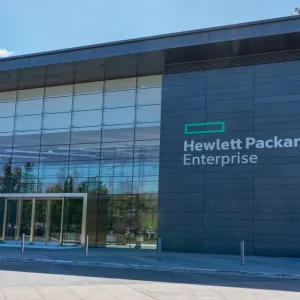According to Accenture, the average person thinks about energy for only six minutes every year. That’s staggering considering it is one of our biggest household expenses. In no other area of our lives are people so detached from what they consume – we know how much our weekly food shop costs and actively search out the best mobile phone deal.
But when it comes to energy, consumer interest falters and this state of affairs is hitting household expenditure hard: Some 40% of households have never switched energy provider and as a result people are paying hundreds of pounds a year more compared to the cheapest tariffs on the markets. Totting this up means that Britons are spending £3.4bn more than they need to every year.
Part of this flows from our familiarity and the luxury of having such convenience, after all a utility is something we access commonly with a very low transactional impact. Such ease, combined with a lack of insight into how our consumption impacts on our bills, drives this disengagement.
The industry has been characterised by low engagement since it was liberalised some 15 years ago and it’s probably fair to say that little has been done to actively change that; the status quo has suited the incumbent providers. Billing is infrequent, transparency is low and the industry has been content to carry a shroud of mystery.
As a result many of the leaps in thinking and technical innovation have largely passed the energy industry by. We think things need to change.
Just look at any other sector from telecoms to groceries to music streaming. The visualisation and reflection back to the consumer of their transactional data has been revolutionary and has changed the way we connect with and stay informed with what we consume. Spotify, Amazon or Netflix recommender systems have changed the way we consume.
We want to apply these approaches to engage energy customers and reconnect them with what they use and spend. With more knowledge and insights, aligned with the right tools to provide more control, we can help people make more informed choices about their usage and cut out waste – lowering bills and reducing carbon emissions.
Managing the data mountain
We’re fortunate in some ways that the energy industry is data rich. This presents a lot of opportunities to engage customers but also throws up a number of challenges. The first of these is data accuracy. A surprising amount of the data that permeates the energy industry is inaccurate which impacts on operational efficiency, customer experience and our ability to engage customers.
We need a process to cleanse and order this information to give us a reliable base from which to work. We do this ourselves, but there is a bigger issue industry wide that we really need to get a handle on and address together. As we’ve learned from our campaign to speed up switching time these things are possible but does represent a significant process and technological challenge.
The second challenge is much more in the control of individual providers – relevance. With so much information at our disposal we need a way of asking the right questions to get the best and most useful answer.
What do customers actually want to know? And how can we best deliver this to them such that it becomes enduringly useful and not just a one-time point of interest? As pioneers of smart meters we have many years worth of experience that shows the basic delivery of consumption data results in a short spike of customer interest before a return to the low engagement norm.
That’s why you’ll probably find more in-home-displays (IHDs) tucked away in a drawer than in regular use. The challenge for the energy industry is to make the insights engaging, useful and relevant to consumers in a low-interest category. Achieve that and we’ll go some way to re-defining the relationship between energy company and customer, building trust and adding value as a result.
Again, we can learn a lot from the likes of Amazon and Spotify who have successfully curated and visualised data and insights to deliver added value to their customers.
Feedback and co-creation
The best way to understand what customers will find useful is to ask them. Especially in such a low interest category, we need to consistently test and invite feedback on products and features to properly understand the value that customers want. This is hardly groundbreaking but in an industry that has traditionally taken the customer for granted, such an approach is actually quite novel.
Again the energy industry can learn lessons from others here. Google never releases any new feature that isn’t in beta and the days of the huge product launch are arguably over; even that exemplar of the big launch, Microsoft, has suggested that it won’t be doing another major version of Windows.
Development today is about iterative improvements based on real life user feedback which is why we operate an agile approach to innovation with customer feedback loops embedded at every point.
It’s very much a partnership approach with our customers – together we can build products that empower them to take more control over their energy and put them in the picture. In that, the energy industry as a whole has much to learn, but we hope we can help educate them.






